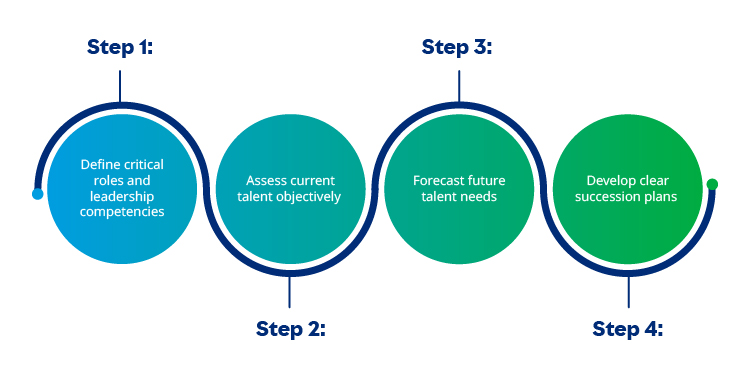This sharp shift reflects a growing recognition that future-ready organizations cannot rely solely on roles or titles; they must build workforces where skills, capabilities, and leadership potential are continuously identified and developed.
Succession planning sits at the foundation of this transformation. It is no longer just a contingency exercise for leadership replacement; it has become a dynamic process that aligns skill development, career progression, and business continuity. Yet for many organizations, the challenge lies not in recognizing its importance, but in moving from intention to execution. Challenges such as leadership gaps, skills mismatches, and inadequate development pathways often hinder progress. A comprehensive approach to succession planning can address these challenges by integrating advanced analytics, talent assessments, and targeted development strategies.
This blog provides a practical roadmap for organizations seeking to build resilient leadership pipelines. It is a guide through the journey of succession planning, from strategic alignment to actionable execution, empowering organizations to anticipate, prepare for, and respond effectively to future leadership needs.










 Behavioral Competencies
Behavioral Competencies Cognitive Competencies
Cognitive Competencies Coding Competencies
Coding Competencies Domain Competencies
Domain Competencies

























